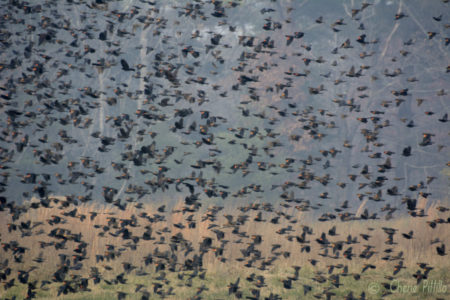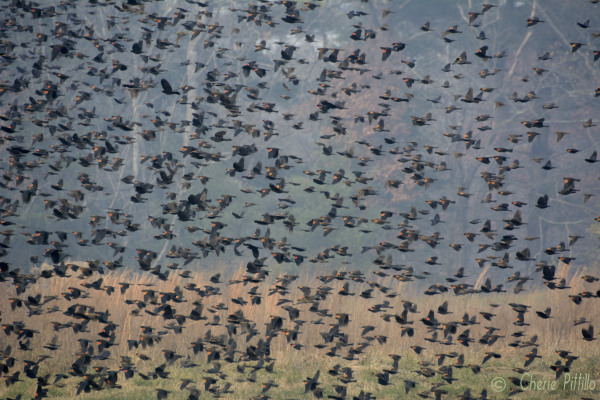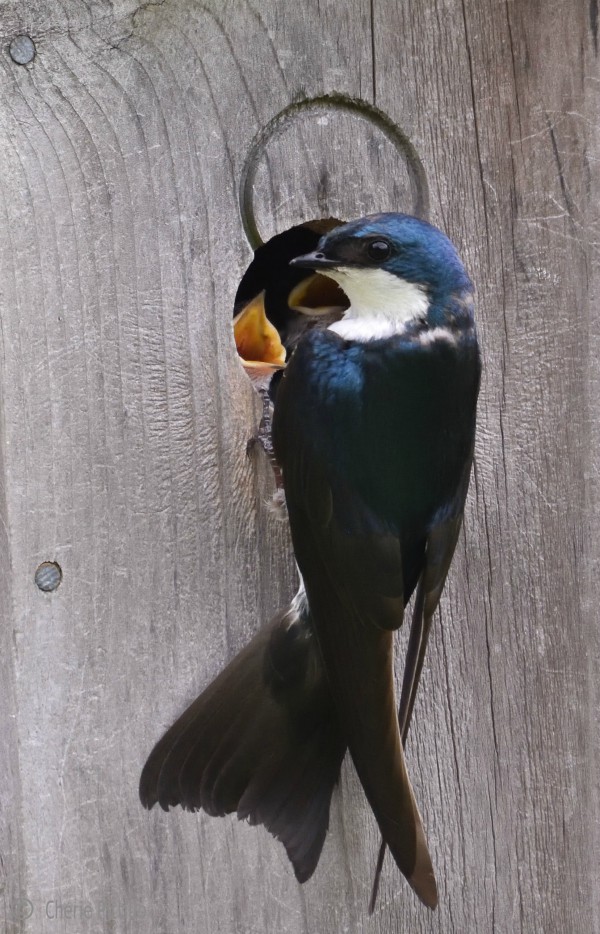This article is the first of two parts on the Semarnat and Conacyt joint efforts to learn more about how climate change affects Yucatan and the migratory birds that come to the Peninsula each year in their journey to the south…
MERIDA — With the financing of the Sectoral Fund of the Ministry of the Environment and Natural Resources and the National Council of Science and Technology (Semarnat-Conacyt), specialists from the Center for Scientific Research of Yucatán (CICY) study the effects that climate change can cause in the subsoil of the coastal dunes during periods of migration of North American birds.
After a flight of 24 hours over the Gulf of Mexico, the first habitat that the migratory birds of North America find to eat and recover their energy is the Yucatan Peninsula, mostly in the coastal area.
Year after year, at least two-thirds of these birds arrive to Yucatan during the fall, where they feed mainly on plants that produce fleshy fruit, and continue their journey to Central and South America. But at the same time, the ecosystems of the Gulf of Mexico are changing really fast, causing still unknown consequences for migratory bird populations.
The Project
The project consists in registering the variations on the fruits availability, as well the abundance, distribution, energy condition, habitat use and behavior of migratory birds during the peninsular migration, along with the information analysis on climate changes in 2016 and 2017 in the zone.
Richard Feldman, a biologist with a post-doctorate in Environmental Conservation from the University of Massachusetts, described a term that will be referred to many times in this research: Phenology, which refers to changes in the life cycle of an organism over time. “Each organism has a different period,” he said.
The phenology of birds considers the changes in their behavior and their habitats, which are generally transformed according to the winter period, spring migration, summer reproduction and autumn migration.
“For plants we think about the changes in the structure, which is flowering, fruiting and the period in which leafs fall,” he said.
To be continued in Part 2 Tuesday Nov. 14…
Source: www.yucatan.com.mx




